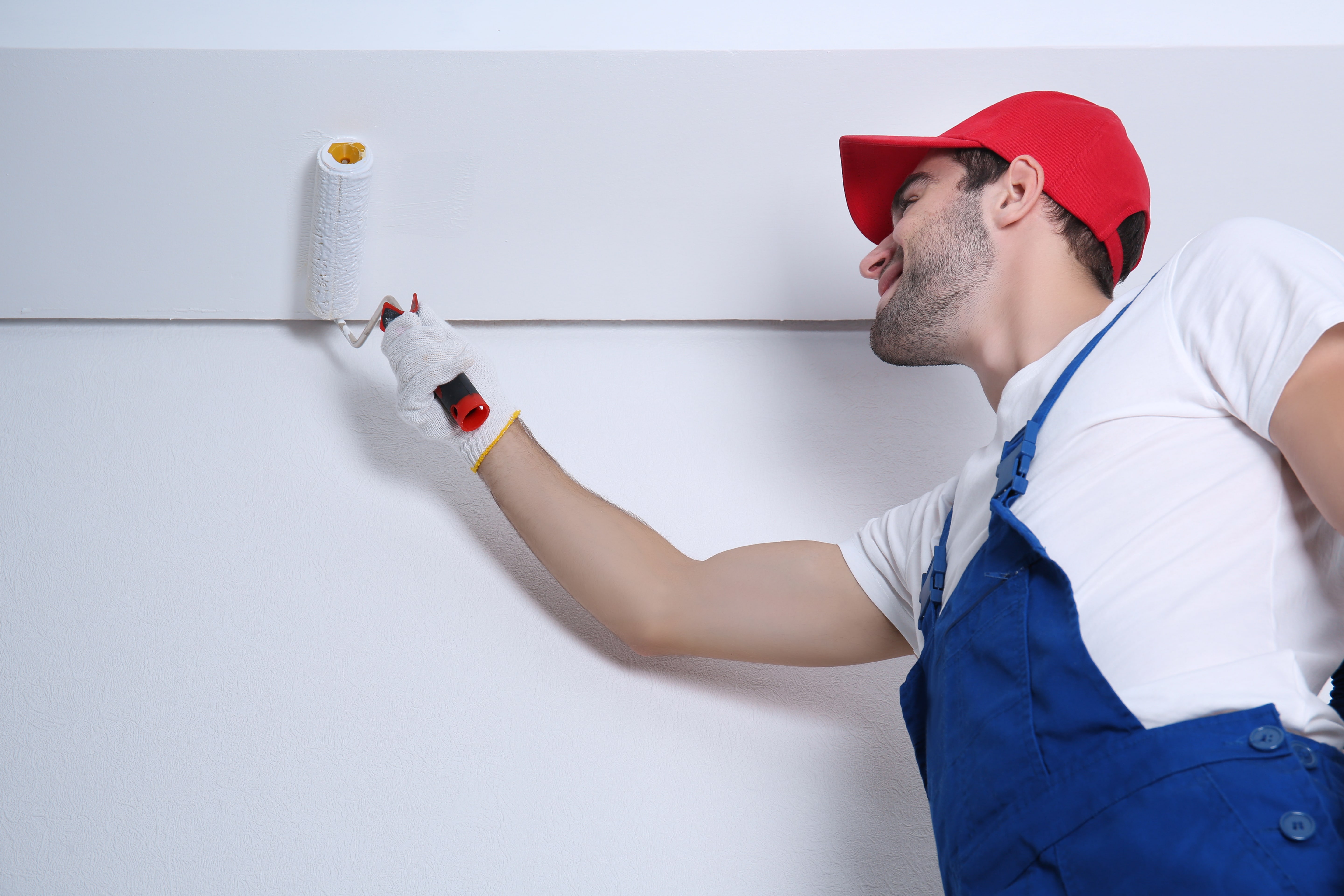How to Paint Your Interior (In A Logical Order)

So you’ve decided to go the DIY route, and paint the interior of your house yourself. But where do you start? Which part of the house you should paint first?
You could try asking a question in online painting forum, but be aware that there is a lot of debate. Some say you should paint your trim before painting your wall colour, while others argue that it’s necessary to paint your wall first to get a clinical finish.
What should you do? A lot of it actually come down to personal preference, and your individual level of expertise.
Paintable areas can be divided into the following categories, and one good approach is to paint your interior in the following order.
- The ceiling
- The trims; the corner mouldings of doors, windows, ceilings etc.
- The cut-ins; where a wall meets the ceilings, doors, windows and floor
- The walls
Paint the Ceiling First
The ceiling of an interior should be painted first, as this is the area where we have the least control. Paint will almost definitely fall on the floor, and a little might even get on the walls; but that won’t matter much as they are going to be painted later.

For the best results, use ceiling specific paints, as regular paints are thinner; the thicker ceiling paints tend to drip and splatter less, resulting in better finishing.
Paint the Trims Next
Once you’re done with your ceiling it’s time to move onto the trims. This is one of the trickiest parts to get right. A huge plus of painting the trim before walls is that you don’t have to worry about a drop or two getting onto the wall. Since it’s not such a problem to have some paint touch the walls, the processed is much easier.
Proceed to the Cut-Ins
Painting the cut-ins will require patience and attention to detail. If you’re new to this, consider using painter’s tape. Alternatively, this video demonstrates how you can paint your ceiling cut-ins without tape, like a pro.
Choosing the right brush as well as the right type of paint is very important. If you happen to use a dark colour which is thin, use softer brushes. If the paint is thick and light, using a thicker, stiffer brush will be a better idea. Stiffer brushes are often used for exterior painting, but the stiffer the brush, the straighter the line of the cut-in. The best brush to be used in this case would be an angled sash brush.
Finish by Painting the Walls
Finally, you need to paint the walls around you. This step is by far the easiest, and many people find it to be the most fun. To get the paint into the wall you could use a brush or a spray, but the best idea is to get a roller. First, dip the roller into some paint and make sure each side of it is evenly covered.

Then, using a criss-cross pattern of strokes, apply the paint to the wall. Afterwards, paint the same portion but this time with up and down strokes. This way, there will be no gaps in the paint job.
There are various qualities of wall paint out there. Better quality paints will of course cost more, but the selection of your paint also depends on the colour you choose.
Wrapping Up
Truth be told, there’s no ‘correct sequence’ that you must follow to paint your house’s interior. Years of hands-on experience has enabled skilled painters to make a walk-through guide for you with a checklist you should follow when painting your house, however painting your home yourself can lead to poor finishes, accidents and weeks (or even months) of disruption. Keep in mind you can always contact Premier Painting Company for a professional job which be finished in the time frame you require.










